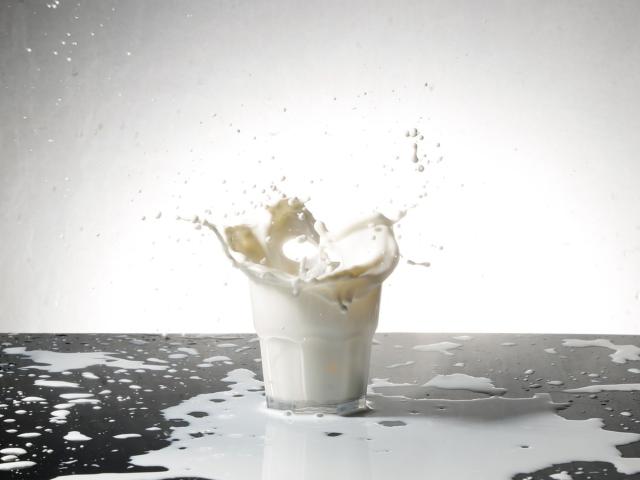It's said there is no use crying over spilled milk, but what about 6 billion liters of it?
A recent paper entitled "Over 6 billion liters of Canadian milk wasted since 2012" digs into why this is happening and the impacts it has.
Dr. Thomas Elliot, co-author of this paper, provided some expanded detail on this look at Canadian Milk waste.
"I was seeing a little bit in the media about the amount of milk that isn't recorded that milk dumping does occur, but that it's not known. A colleague of mine, Benjamin Goldstein, the second author on the paper reached out to me and said 'This is interesting, I wonder how much environmental footprint that has'"
Dr. Elliot's goal was to first assess how much milk was being wasted.
Using farmgate sales, the head of cattle in Canada, and the average amount of milk produced per cycle, He used these statistics to estimate how much milk is missing from the equation.
The hard part is the variability, as milk production will change between breed, diet, and condition of cows.
There are also gaps in where this milk is going.
Dr.Elliot noted that some of it is certainly accounted for in on-farm use, antibiotic residue, and quality control, and the final estimates are lower because of these factors.
This study was also limited to a "cradle-to-gate" time frame and does not include waste caused by transport or consumer waste.
Between 2012 and 2022, the estimate stands at about 6.8 billion liters of milk discarded.
From "Over 6 billion liters of Canadian milk wasted since 2012", authored by Thomas Elliot, Benjamin Goldstein, Sylvain Charlebois
Luckily, this trend has decreased in recent years, as land and water use are always a critical resource.
While the wasted milk is unfortunate, Dr.Elliot is happy to have this conversation in the public eye to raise awareness about the ever-present issue of food waste at all levels of production.
You can find the full paper by visiting Sciencedirect.com.






